(GLO)- Having existed for more than 100 years in the land of Tay Son Thuong Dao, there are few markets with a status as prominent as the fate of people like Cho Don (An Khe town). Those hundred years have also witnessed many ups and downs of people and the martial land in the upper Ba River. Therefore, the name Cho Don is still a heritage in the hearts of An Khe people.
The poor in the market
Sitting and drinking tea under the porch of the century-old house at 1806 Quang Trung (An Khe town), Mr. Nguyen Tan Loi said that 2 houses away was the former Don market area, not in its current location. After many relocations, since 2003, the new market has been officially built next to An Cu communal house (An Binh ward, An Khe town). If you follow National Highway 19 towards An Khe pass, the market is on the left hand side at the beginning of the town.
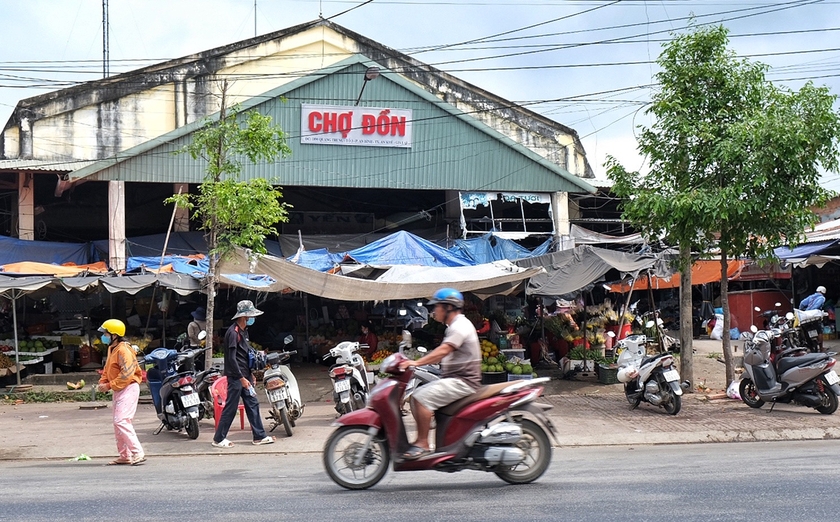 |
Don Market. Photo: HN |
Mr. Loi said: “This house is over 100 years old, but Don Market was built before my grandfather built the house, which means it is “older” than this ancient house. I heard my grandfather say that the market was not far from the old military post, and people around it set up kiosks selling goods, and the buying and selling scene was bustling. Before 1975, my mother also had a kiosk next to the market that specialized in selling Salem cigarettes and Cocacola soft drinks. The scene outside was like that, but inside Don Market was the opposite. Don Market was a market for the poor, with goods mainly consisting of vegetables, pickles, and fish sauce.”
The elders in An Binh ward still have unforgettable memories of the market place. Mr. Duong Van Ung (born in 1939, often called Mr. Hai Tiet) recalls: “I moved from Binh Dinh to An Khe in 1960 under the immigration policy. At that time, Don market was located next to the old house of the Nguyen family on Highway 19. The market was for the poor, so the goods were also poor, mainly wholesale vegetables, tubers, and fruits made by the people, without any delicacies or strange things. The Bahnar people in the villages deep in the mountains sometimes brought firewood, betel leaves, tree roots (to chew betel) to the market to exchange goods with the Kinh people. Sometimes they brought products such as honey, bamboo shoots, rarely saw deer antlers, elephant tusks. American soldiers sometimes came to ask to buy or order pipes made from old bamboo several meters long to smoke marijuana.”
Recalling the old market scene, Mr. Hai Tiet also cannot forget the image of the lam cars and horse-drawn carriages waiting for customers in front of the Don market area. Back then, only well-off families who wanted to have a "fresh" meal, or when there was a death anniversary, had to go down to An Khe market, 4-5 km away. Because at that time, the price of a lam car ride was 3 dong, and the cheaper horse-drawn carriage also cost 1.5 dong. "1.5 dong at that time could buy 2 kilos of rice, so few poor people took the car unless it was necessary," he said.
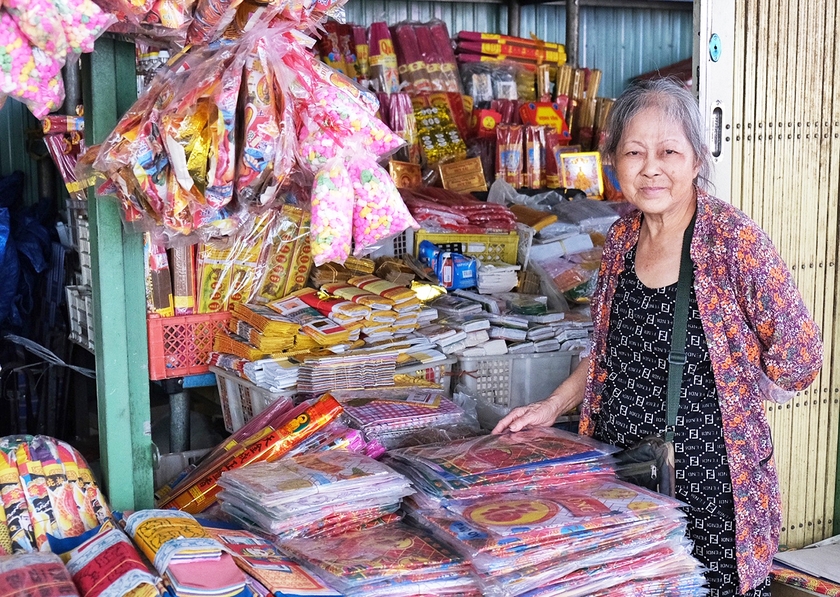 |
Mrs. Tam Thu has many years of experience selling votive offerings at Don market. Photo: HN |
In the memory of Ms. Truong Thi Lanh (born in 1976), Don Market is a miniature in the image of her poor mother - Ms. Nguyen Thi Hong Tuyen. When she was 6-7 years old, she followed her mother to the market and grew up with a vegetable stall. At that time, Don Market was held on an empty lot right in front of Tan An communal house. Her mother had a stall selling pig vegetables. She was a quick and resourceful person, but all year round she did business but hardship still followed her. At that time, she went to trade but did not have a single penny of capital. In the morning, her mother took vegetables from others, sold them all and only paid at the end of the day, saving any profit to buy fish sauce to feed her children. Not fully understanding the suffering of a poor mother, she was often scolded by her mother, and she could not help but feel sorry for herself. “My father passed away when my mother was pregnant with my younger brother. It was not easy for my mother to raise her children alone with a pig vegetables stall at the market. Since I was young, I went to the market to help my mother sell, and was often scolded by my mother, so I felt very sorry for myself and could not help but lament my poor fate. Later, when I started my own business, got married, and became the mother of two children, I understood all the hardships and worries my mother had to endure," Ms. Lanh tearfully recounted.
Legacy of memories
Ms. Truong Thi Lanh is also the next generation in this market with a hundred-year history. 2023 marks exactly 20 years since the Don market was rebuilt, with a spacious house with a variety of goods, no longer a poor market as before. Looking into the market from National Highway 19, there are fruit and fresh flower stalls displayed in a variety of eye-catching colors. Ms. Lanh said: “Before, I sold sugarcane juice and traditional bean sweet soups right in front of the market gate. Selling sweet soups seems leisurely, but it is actually very hard. I had to wake up at 3-4 o'clock in the morning to cook beans on a wood stove so that they would be soft and delicious compared to cooking them in a pressure cooker. After that, I switched to a fruit and fresh flower stall, both selling wholesale and donating to An Cu communal house right next to the market and some other communal houses and pagodas.” At the age of 47, Ms. Lanh still retains her charm from her appearance to her gentle, soft way of speaking. The fruit and flower stalls are like a colorful picture, along with the simple, familiar images of vendors like Ms. Lanh, becoming the highlight of Don Market as soon as customers enter. From this stall, Ms. Lanh raised her two children to go to university. Her eldest daughter has graduated and is working for a jewelry and gem store in Ho Chi Minh City; her son is in his second year of university majoring in Business Administration.
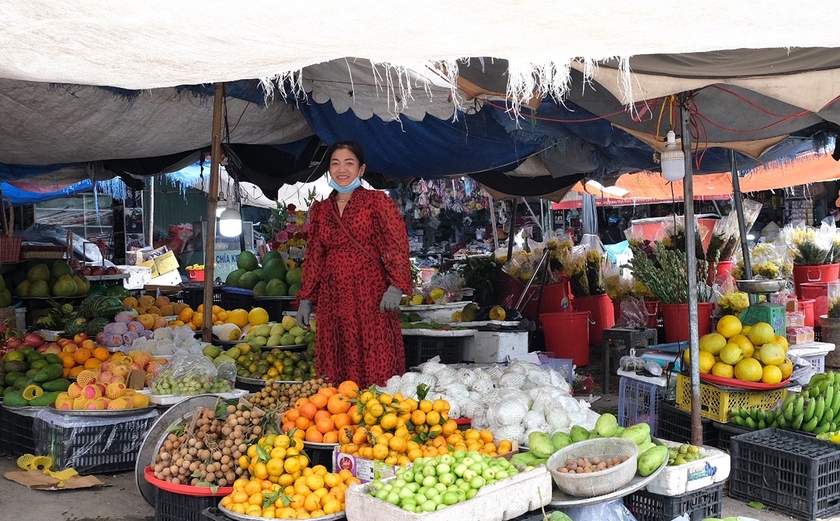 |
Ms. Truong Thi Lanh is the next generation of wholesalers at Don market with a fruit and fresh flower stall right at the entrance of the market. Photo: Hoang Ngoc |
Photographer Pham Duc: “When I was little, my mother often put me on one side of the shoulder pole, while the other side was a vendor carrying groceries to the market. The memories of the rural market are deeply imprinted in my soul. Later, I often went to the rural market like that, not to buy or sell, but to find familiar emotions and memories. Going to the market to hear the greetings, greetings, and listen to the sounds of life in the market.”
Going deeper inside, Don Market is not much different from traditional markets. However, if you take the time to learn, you will clearly see the history and culture of the An Khe sediment-rich land in each stall here. For example, the colorful votive paper stall of Mrs. Tam Thu. This 77-year-old woman who has suffered from many serious illnesses has been attached to her votive paper stall for decades. Therefore, Mrs. Tam Thu knows by heart the rituals that the people of Tay Son Thuong Dao maintain. Every time there is a traditional festival, her votive paper stall "sells like hotcakes".
Mrs. Tam Thu believes that there are few places where the system of communal houses, pagodas, and temples is as dense as this place. Along with that is the system of rituals and offerings associated with folk beliefs that have been maintained by the people for hundreds of years, not to mention the full moon day, Thanh Minh festival... Mrs. Tam Thu shared: "The end of the year, especially the 11th and 12th lunar months, is the busiest time for business. I fold paper, votive paper, offerings... into sets almost from morning to night, sometimes my hands are tired. Vietnamese people in An Khe still maintain many rituals associated with folk worship, which is a unique cultural feature. As long as that culture exists, my votive paper stall will exist". Mrs. Tam Thu added that selling votive paper also has its own joys besides making a living. Every time she folds paper and offerings for people, she not only understands the spiritual life of the people but also feels connected to tradition and to her roots.
Some elders or even wholesalers in Cho Don do not understand the origin of the market with a hundred-year history. Mr. Hai Tiet believes that wherever Vietnamese people go, they will form a market there. But there are few markets that have moved location many times but still keep their name and "soul" like Cho Don. And, for people like Mr. Hai Tiet, Mrs. Tam Thu or the next generation, Cho Don is a heritage, not just a memory. Mentioning Cho Don is mentioning the poor in particular, along with many stories about the cultural and spiritual life of people in the upper Ba River area for many decades.
Source link


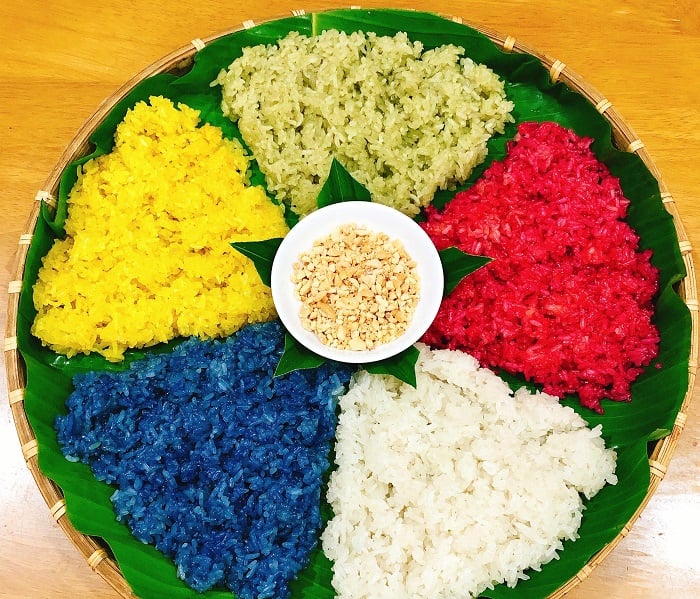

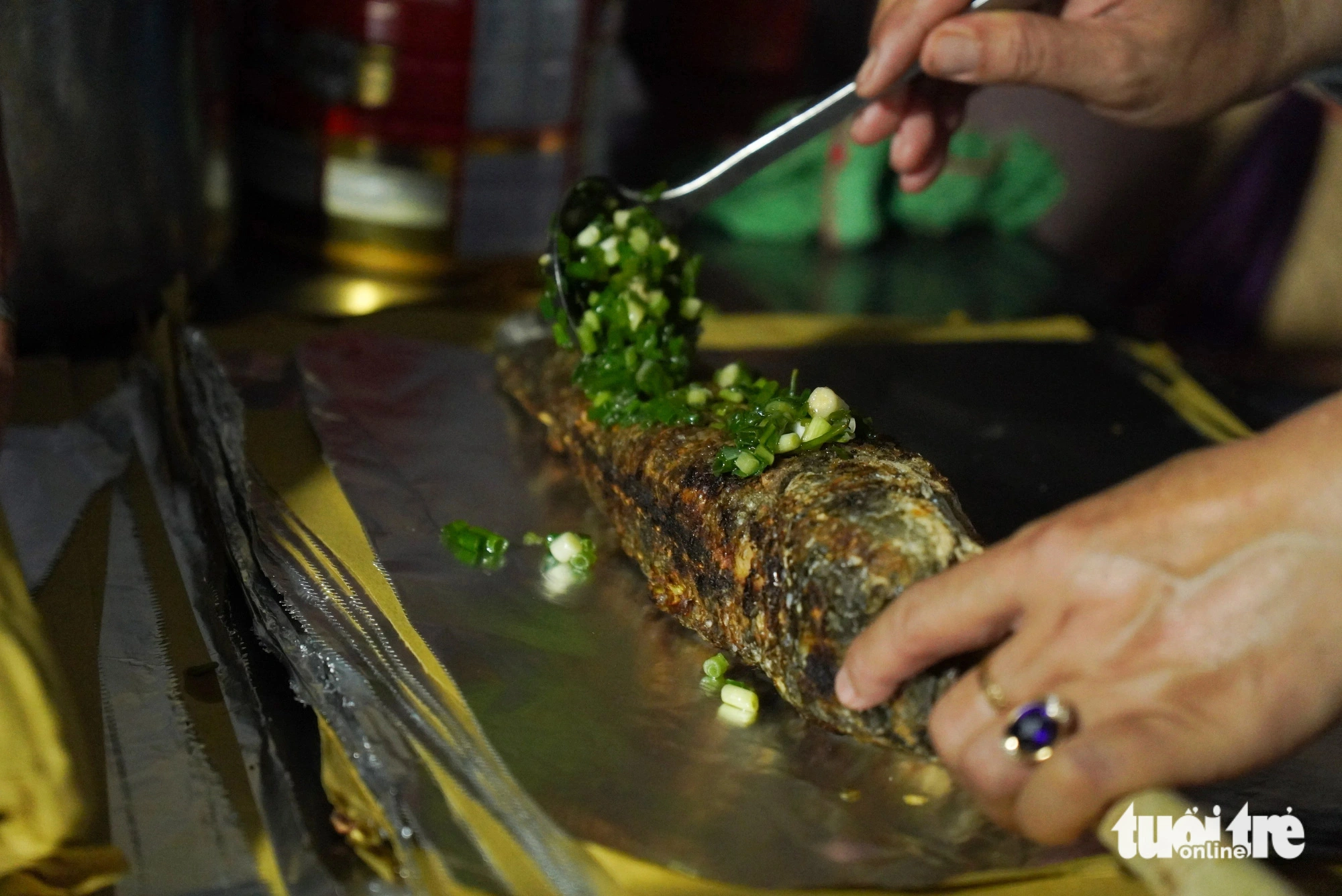

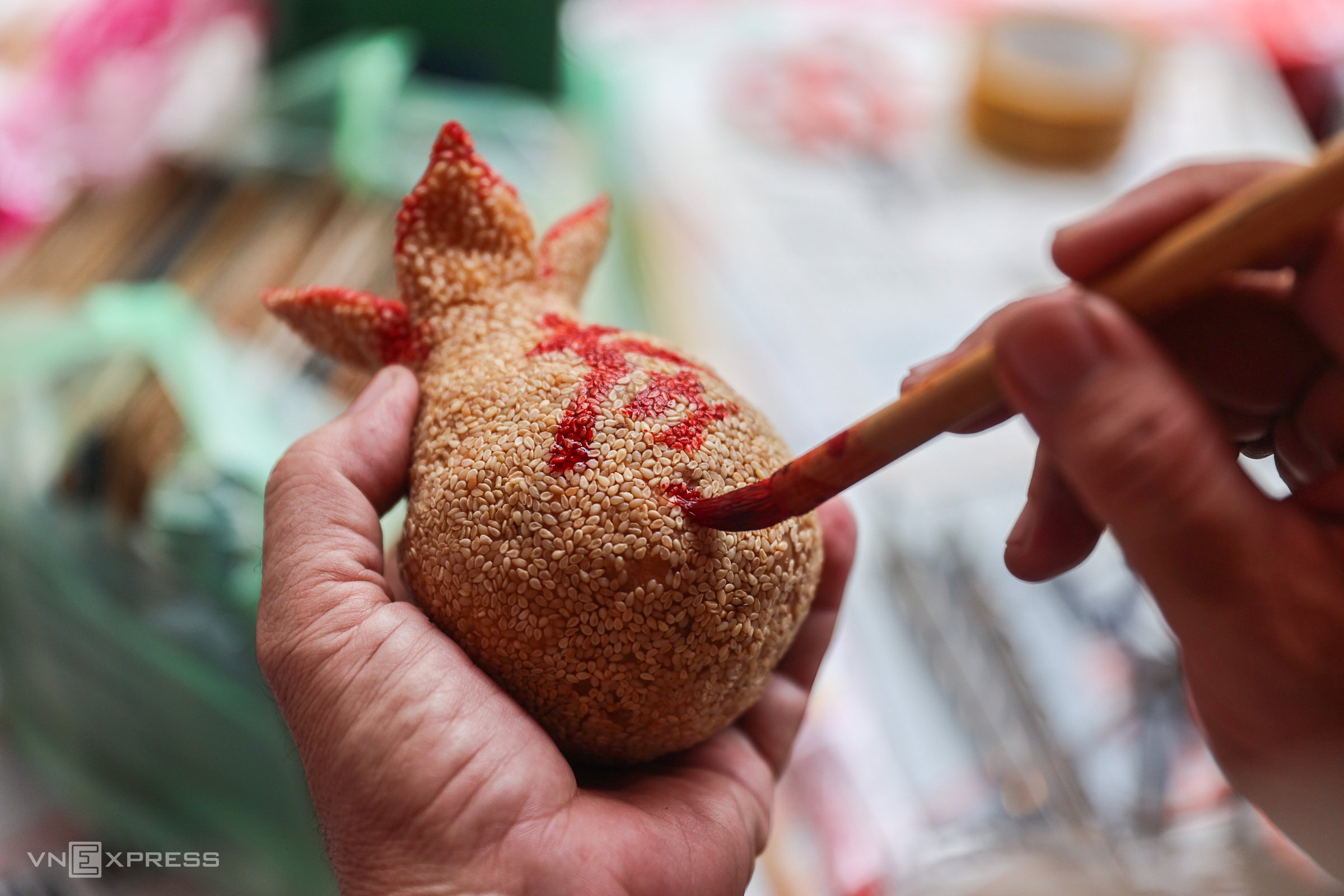





















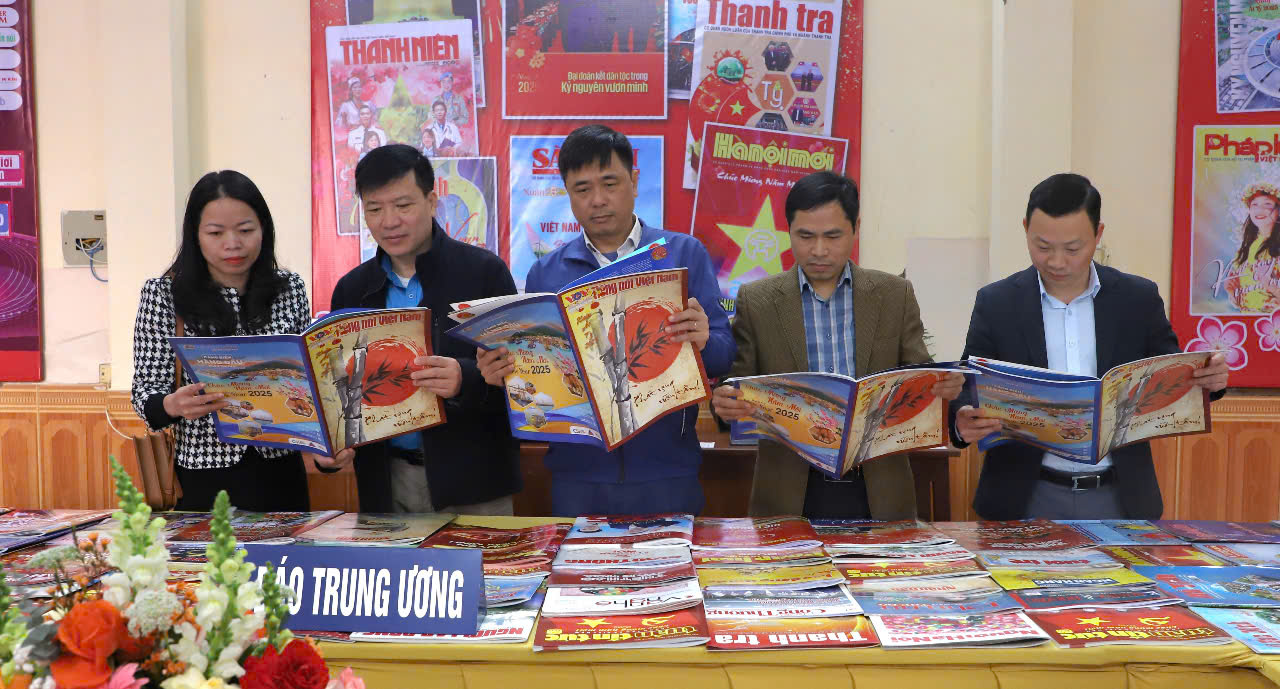

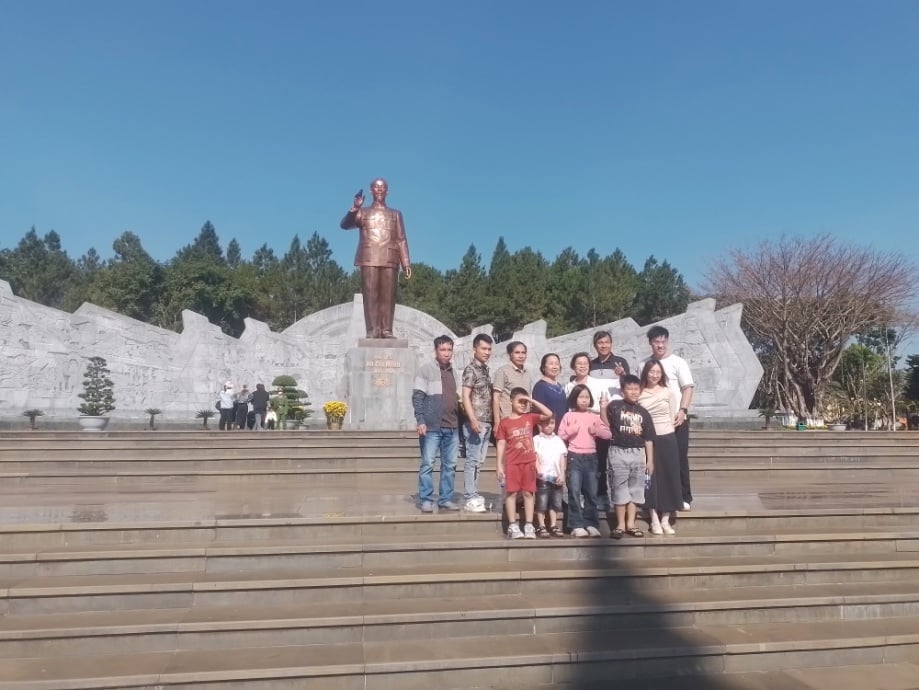



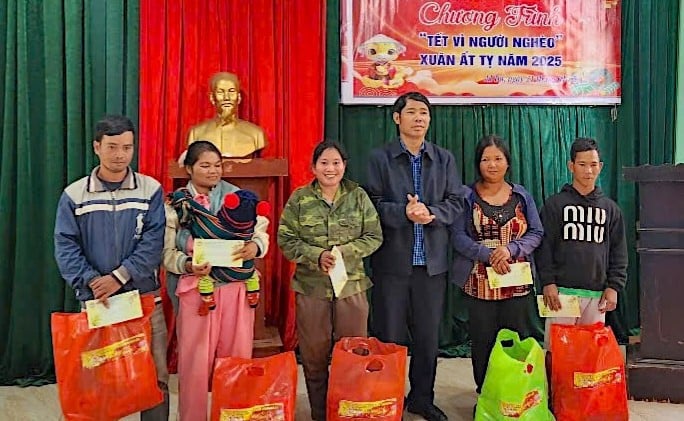
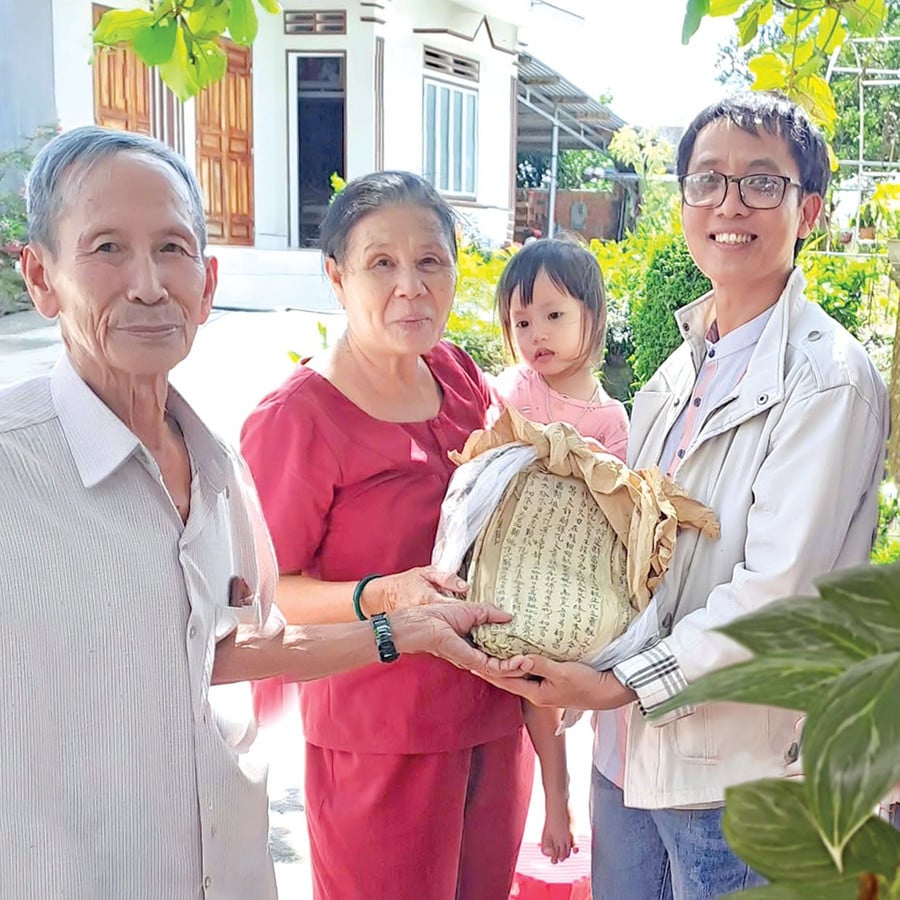

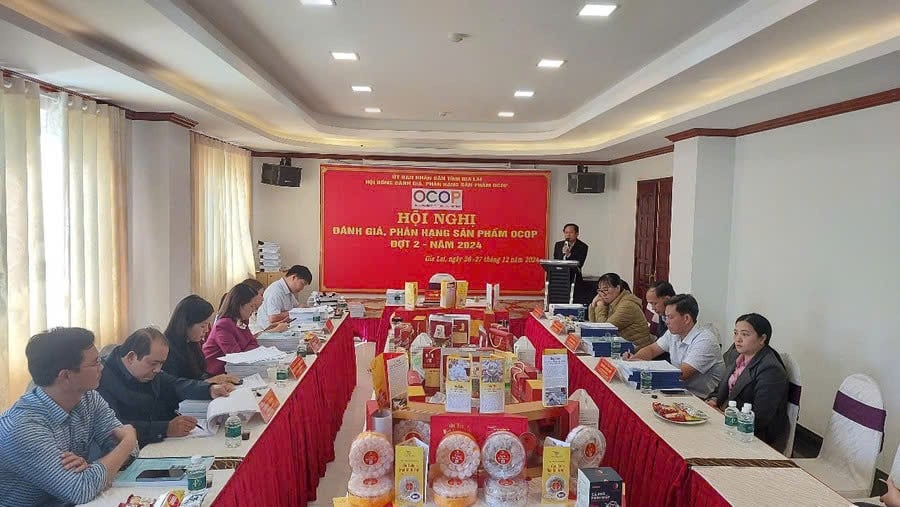


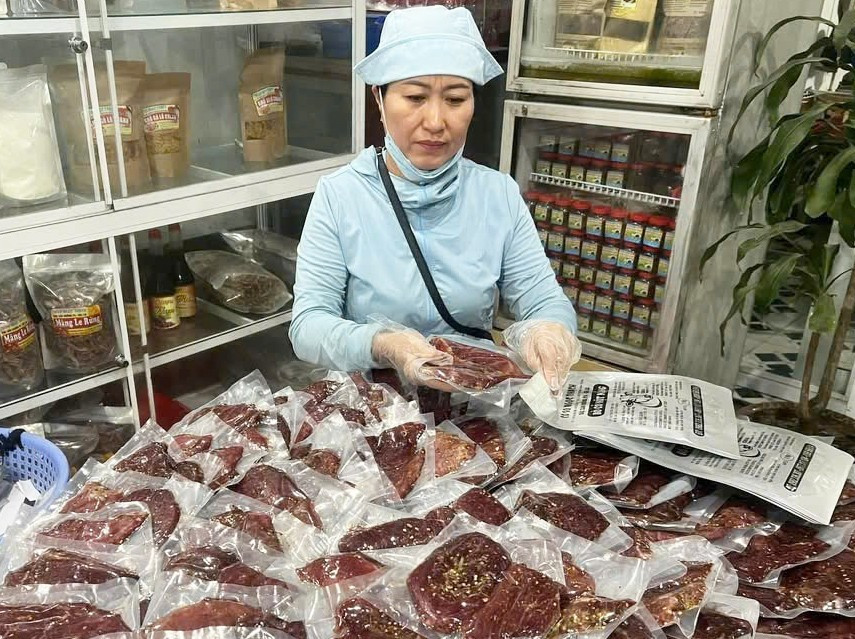








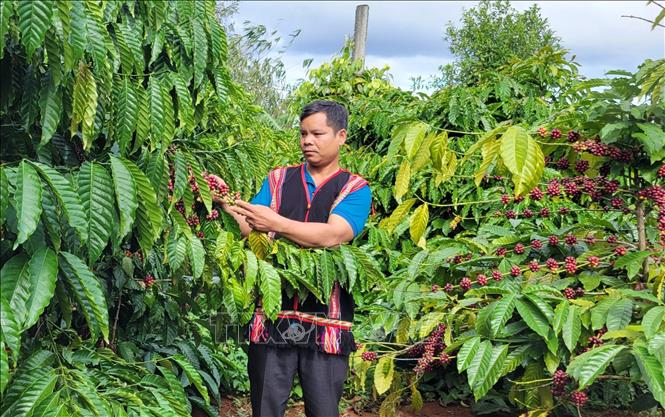





Comment (0)